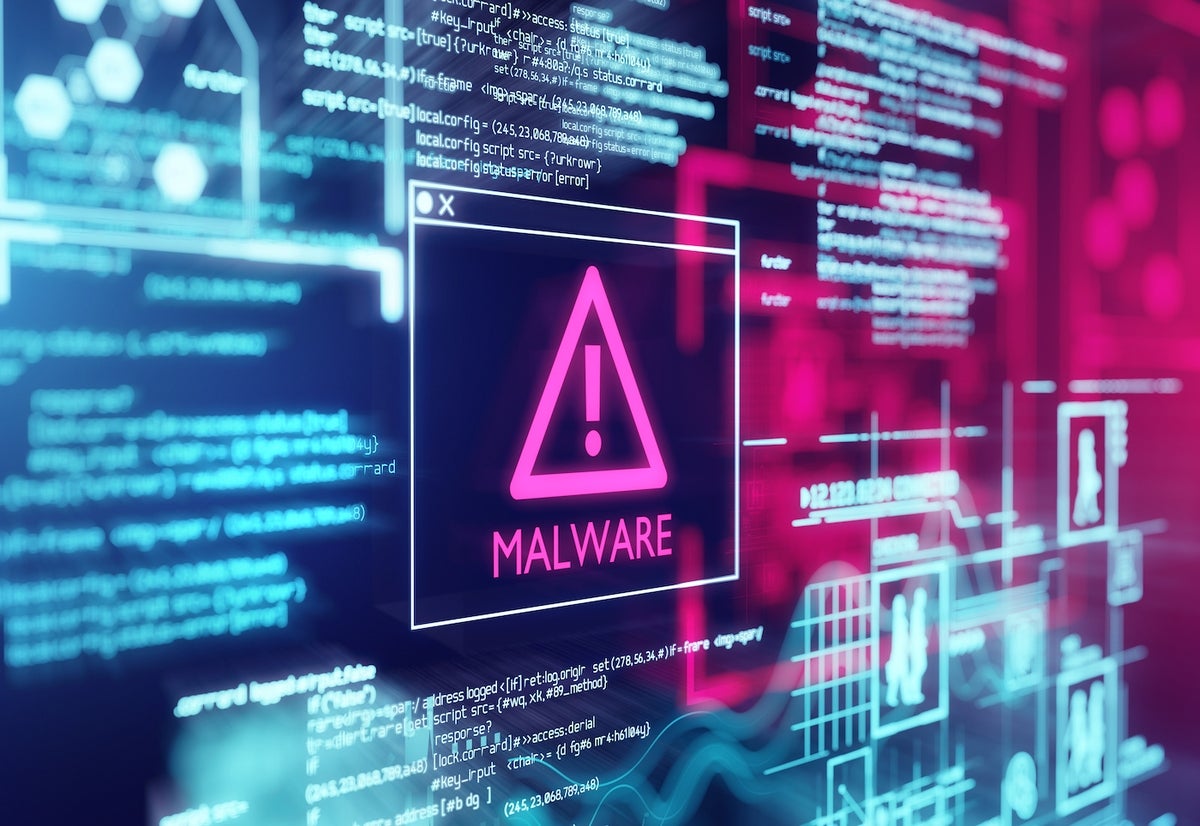
Find
out
how
Beep
malware
can
evade
your
security
system,
what
it
can
do
and
how
to
protect
your
business.

James-Thew/Adobe
Stock
Cybersecurity
experts
at
Minerva
recently
made
a
stunning
discovery
of
a
new
malware
tagged
Beep
that
has
the
features
to
evade
detection
and
analysis
by
security
software.
The
cybersecurity
organization
discovered
Beep
after
samples
were
uploaded
on
VirusTotal.
How
Beep
works
to
evade
detection
While
Beep
is
in
its
early
stage
of
development
and
still
lacks
some
essential
malware
attack
capabilities,
Minerva’s
report
shows
that
it
can
enable
threat
actors
to
download
and
inject
additional
payloads
on
infected
systems
using
three
major
components:
a
dropper,
an
injector
and
a
payload.
The
differentiating
factor
between
Beep
and
other
malware
is
its
ability
to
beat
detection
using
unique
evasion
techniques.
For
example,
Beep
uses
sandbox
evasion
techniques
to
bypass
sandbox
security
systems
used
to
test
suspicious
programs
for
malware
activity.
Beep
also
uses
encryption
techniques
to
disguise
its
malicious
activity,
making
it
even
more
difficult
to
detect.
SEE:
Get
nine
ethical
hacking
courses
for
just
$30
(TechRepublic
Academy)
In
addition,
Beep
employs
a
mix
of
other
methods
including
dynamic
string
obfuscation,
assembly
implementation,
system
language
check,
anti-debugging
NtGlobalFlag
field,
RDTSC
instruction
and
Beep
API
function
anti-sandbox.
The
key
concern
with
the
Beep
malware
revolves
around
its
potential
impact
on
businesses
if
it
is
not
detected.
Like
every
other
malware,
the
target
would
most
likely
be
to
steal
sensitive
information,
such
as
login
credentials
and
financial
data.
A
researcher
at
Minerva
Labs,
Natalie
Zargarov,
commented
that
“it
seemed
as
though
the
creators
of
this
malware
were
trying
to
install
as
many
anti-debugging
and
anti-VM
(anti-sandbox)
tactics
as
they
could
find.”
How
businesses
can
mitigate
a
Beep
malware
attack
Beep
can
be
weaponized
by
cybercriminals
to
launch
a
ransomware
attack.
Here
are
key
measures
businesses
can
implement
to
mitigate
this
security
risk.
Strengthen
endpoints
Businesses
must
prioritize
security
when
configuring
their
systems.
By
implementing
secure
configuration
settings,
you
can
reduce
your
organization’s
attack
surface
and
address
any
security
vulnerabilities
resulting
from
defective
configurations.
The
CIS
benchmarks
provide
an
excellent
option
for
organizations
seeking
to
adopt
industry-leading
configuration
standards
developed
through
consensus.
Big
companies
like
AWS,
IBM
and
Microsoft
are
advocates
of
the
CIS
Benchmarks
for
secure
configurations.
Check
port
settings
Numerous
ransomware
variants
exploit
the
Remote
Desktop
Protocol
port
3389
and
Server
Message
Block
port
445.
Decide
if
your
organization
has
to
keep
these
ports
open
and
restrict
connections
to
trusted
hosts.
For
both
on-premises
and
cloud
environments,
analyze
these
settings
and
collaborate
with
your
cloud
service
provider
to
disable
unused
RDP
ports.
Set
up
an
intrusion
detection
system
To
identify
potentially
harmful
activity,
enterprises
can
use
an
intrusion
detection
system,
which
matches
network
traffic
logs
to
signatures
detecting
known
malicious
behavior.
A
reliable
IDS
should
update
its
signatures
regularly
and
notify
your
organization
immediately
if
it
identifies
possible
malicious
activity.
Keep
software
up
to
date
Another
important
step
in
preventing
the
possibility
of
a
Beep
or
other
malware
attack
is
to
ensure
all
software
and
operating
systems
are
up
to
date
with
the
latest
security
patches
and
updates.
Cybercriminals
often
exploit
vulnerabilities
in
older
software
versions
to
gain
access
to
systems,
so
keeping
everything
up
to
date
can
help
minimize
these
risks.
Use
antivirus
and
anti-malware
software
Having
robust
antivirus
and
anti-malware
software
in
place
can
help
prevent
ransomware
attacks.
Although
Beep
has
demonstrated
an
incredible
ability
to
evade
detection,
it’s
still
crucial
for
businesses
to
have
anti-malware
software
programs
installed
on
their
systems.
Quality
antivirus
and
anti-malware
software
can
help
detect
and
quarantine
malware
before
it
can
do
any
harm.
It
can
also
provide
additional
layers
of
protection
against
other
types
of
cyber
threats.
Implement
strong
password
policies
Weak
passwords
can
be
a
major
security
vulnerability,
so
implementing
strong
password
policies
can
help
to
prevent
unauthorized
access
to
systems
and
data.
This
can
include
requiring
complex
passwords,
regularly
changing
passwords
and
using
multi-factor
authentication
to
add
an
extra
layer
of
security.
Educate
employees
about
ransomware
It’s
essential
to
educate
employees
about
the
risks
of
ransomware
attacks
and
how
to
spot
potential
threats.
This
can
include
cyberpsychology
or
human
factor
training
and
other
organization-specific
security
training
on
how
to
recognize
phishing
emails
and
other
types
of
social
engineering
attacks
as
well
as
guidance
on
best
practices
for
handling
suspicious
emails
and
other
communications.
Read
next:
Security
awareness
and
training
policy
(TechRepublic
Premium)











